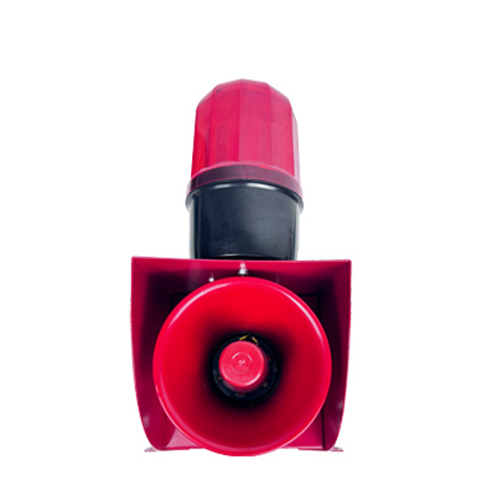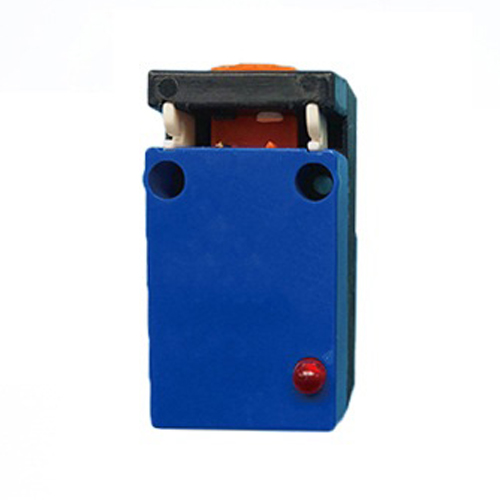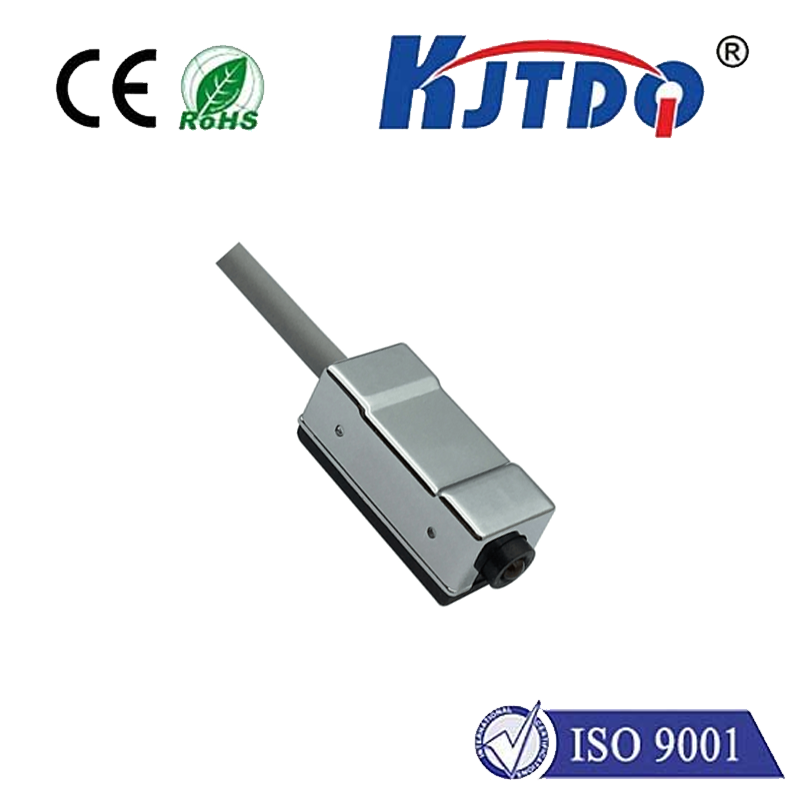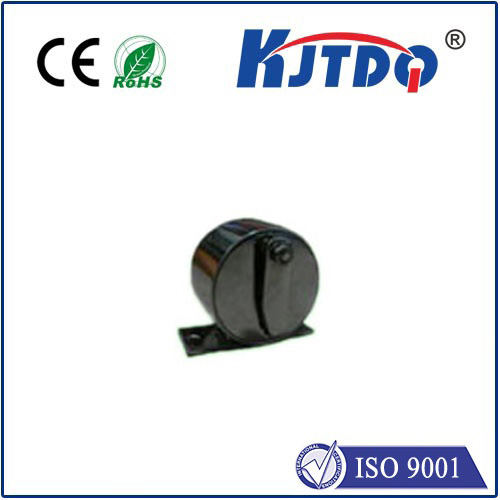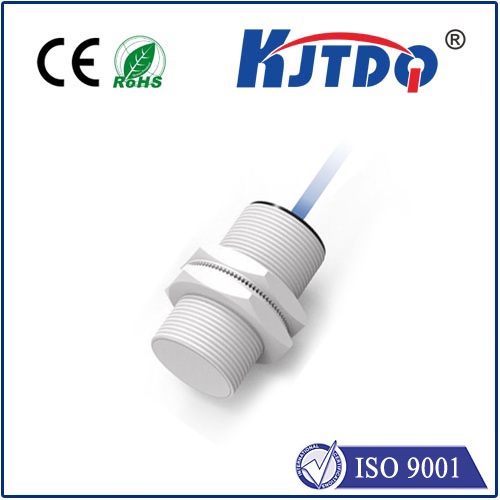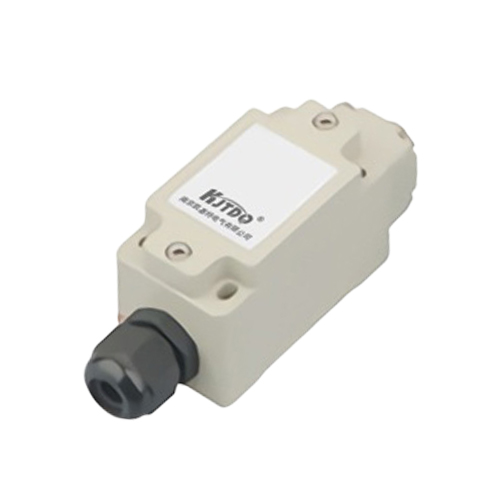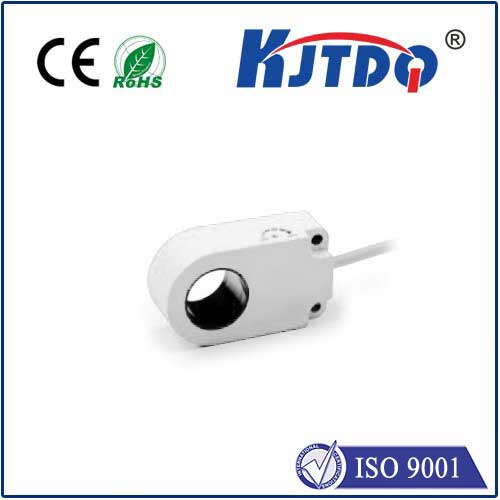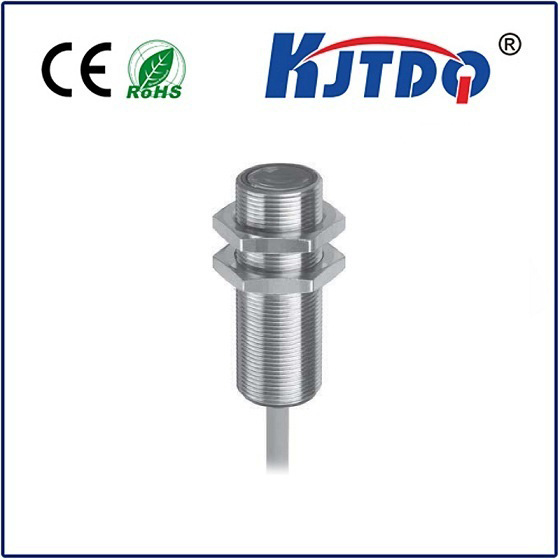

check

check

check

check

check

check

check

check

check

check
In the demanding world of industrial automation, particularly within potentially explosive atmospheres, reliability isn’t just desirable—it’s paramount. Equipment failure isn’t merely an inconvenience; it poses severe safety risks and costly downtime. For proximity detection tasks in these critical environments like oil refineries, chemical plants, or grain elevators, a specialized solution reigns supreme: the inductive Namur sensor. This sensor isn’t just another proximity switch; it’s a fundamental component engineered for intrinsic safety.
So, what exactly differentiates an inductive Namur sensor from its standard counterparts? At its core, it functions like any inductive proximity sensor, detecting the presence of metallic targets without physical contact. It generates an oscillating electromagnetic field. When a metal object enters this field, eddy currents are induced within the target, causing a measurable change in the sensor’s internal oscillation amplitude. This change triggers the sensor’s output.
The critical differentiator lies in the nature of that output signal. Standard inductive sensors typically switch a load voltage (e.g., 24V DC on/off). This is where the Namur principle becomes essential for hazardous areas. Namur sensors operate with a fundamentally different output characteristic, designed specifically for intrinsically safe circuits.
Instead of switching significant power, a Namur output sensor modulates a small, intrinsically safe current flowing through it. This current is intentionally limited by design:

Why is this current switching approach so vital for safety in hazardous zones? The answer lies in energy limitation. In areas classified as potentially explosive (Ex zones like Zone 0, 1, 2, 20, 21, 22), any electrical equipment must be low-power to prevent sparks or excessive heat from igniting flammable gases, vapors, dust, or fibers.
The Power of the Interface: Barriers and Isolators
A Namur sensor cannot function alone in an intrinsically safe loop. It must be connected to an intrinsically safe barrier or isolator located in the safe area (control room). This device performs several vital functions:
Key Advantages Driving Adoption of Inductive Namur Sensors
Choosing and Implementing Inductive Namur Sensors
When selecting a sensor, consider:
Installation is critical. Follow manufacturer guidelines meticulously for cable type (often screened), maximum cable length, and correct connection to the certified barrier or isolator. Grounding procedures must also be strictly adhered to. Never use a Namur sensor without its associated, approved safety interface.
Inductive Namur sensors represent a sophisticated yet essential solution for proximity sensing where safety is non-negotiable. Their unique output principle, designed around strictly controlled current levels, is the cornerstone of their intrinsic safety. When paired with certified barriers or isolators, they form a robust, reliable, and diagnosable system that protects personnel, assets, and processes within the world’s most demanding industrial environments. The investment in this technology is fundamentally an investment in operational integrity and safety excellence.
